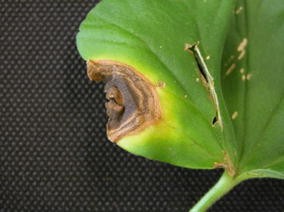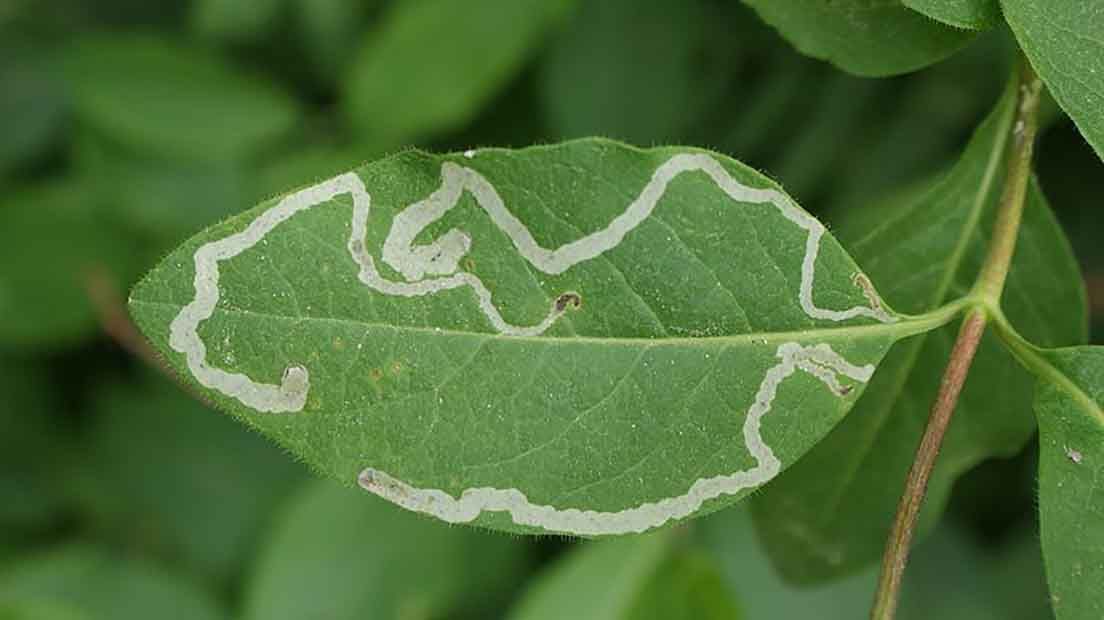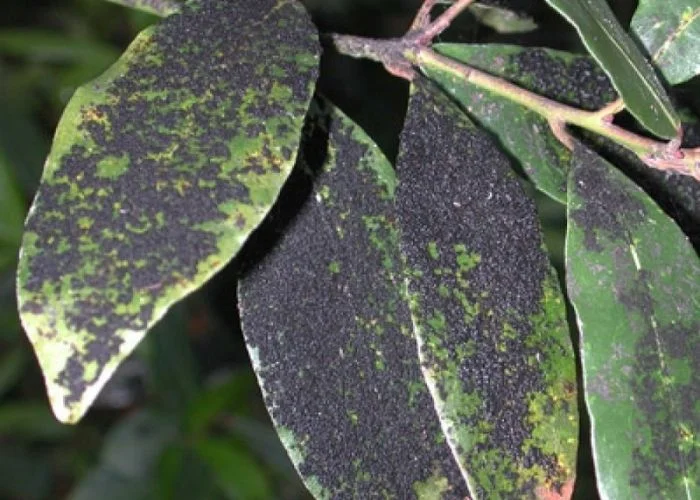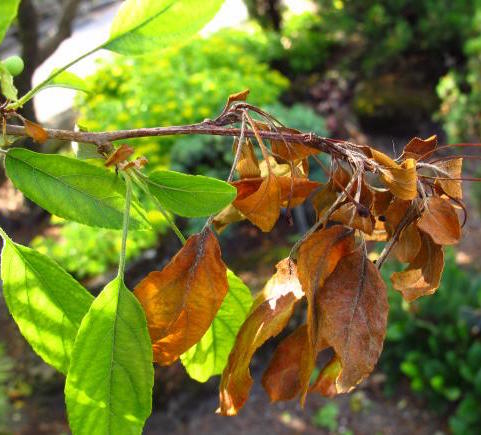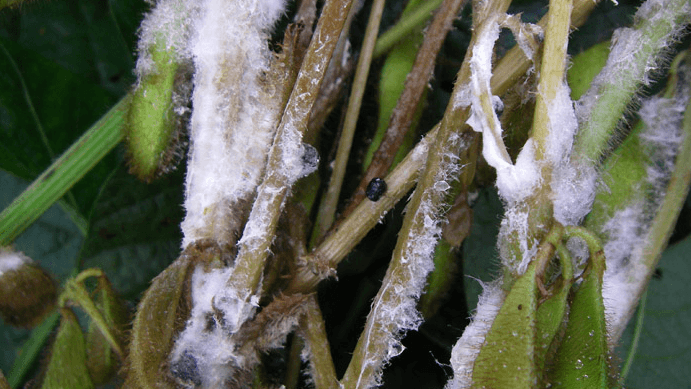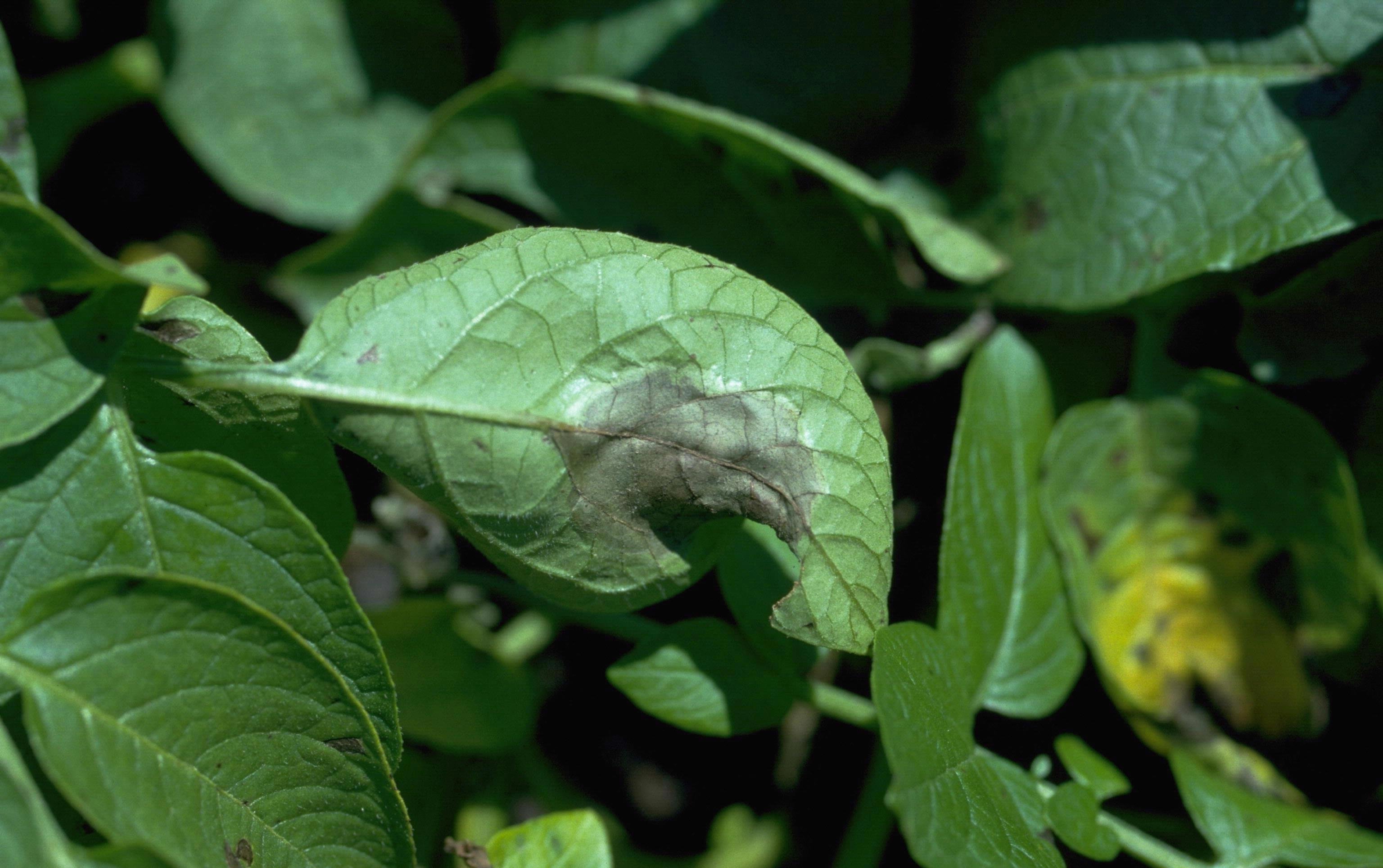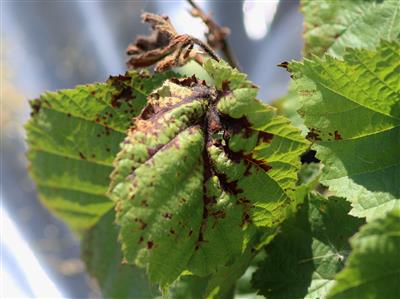
Plantas ornamentales
How to recognize and combat whiteflies on ornamental plants
White Fly
Insect
Type:
Risk to the plant:
MILD
Bemisia Tabaci
Pathogen:
Mosca blanca

WHO CAUSES IT?
The whitefly is a small, white insect that belongs to the Aleyrodidae family. It is an important pesticide that affects a wide variety of ornamental and garden plants. Whiteflies feed on plant sap, causing direct damage by weakening them and making them more susceptible to other diseases. Additionally, these pests can secrete a sticky substance called honeydew, which encourages the growth of sooty mold fungi and can affect the appearance of plants.
SYMPTOMS
The disease caused by whitefly in ornamental and garden plants manifests itself with the presence of adult insects and larvae on the underside of plant leaves. Symptoms include yellowing and wilting of leaves, curling of leaf edges, honeydew production, and the presence of sooty mold fungi on plant surfaces. Additionally, infected plants may exhibit poor growth and reduced flower or fruit production.

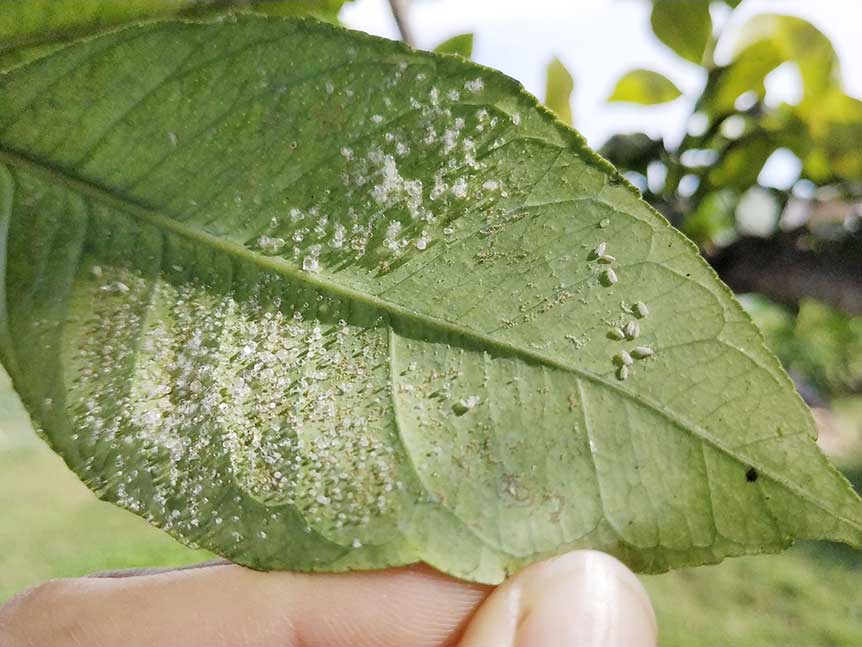

DEVELOPMENT CONDITIONS
Temperature:
20°C - 30°C
Humidity:
60% - 80%
HOW IS IT SPREAD?
Flight, direct contact with plants, transport of plant material.
HOW TO ELIMINATE IT?
Home treatments
Natural allies
Chemical treatments
RECOMMENDED PRODUCTS TO ELIMINATE THE PEST
REPELLENT PLANTS
Basil, Calendula, Wormwood (Artemisia), Mint
RECOMMENDATIONS
- Check the underside of the leaves frequently, especially in hot weather.
- If you see leaves with honeydew or white spots, remove them carefully.
- Use yellow sticky traps to catch adults.
- Increase ventilation if the plants are close together or indoors.
- Wash the leaves with a mixture of water, potassium soap and Neem oil to eliminate insects.
- Introduce beneficial insects such as ladybugs or parasitic wasps if possible.
- If the pest is strong, you can use chemical insecticides.







